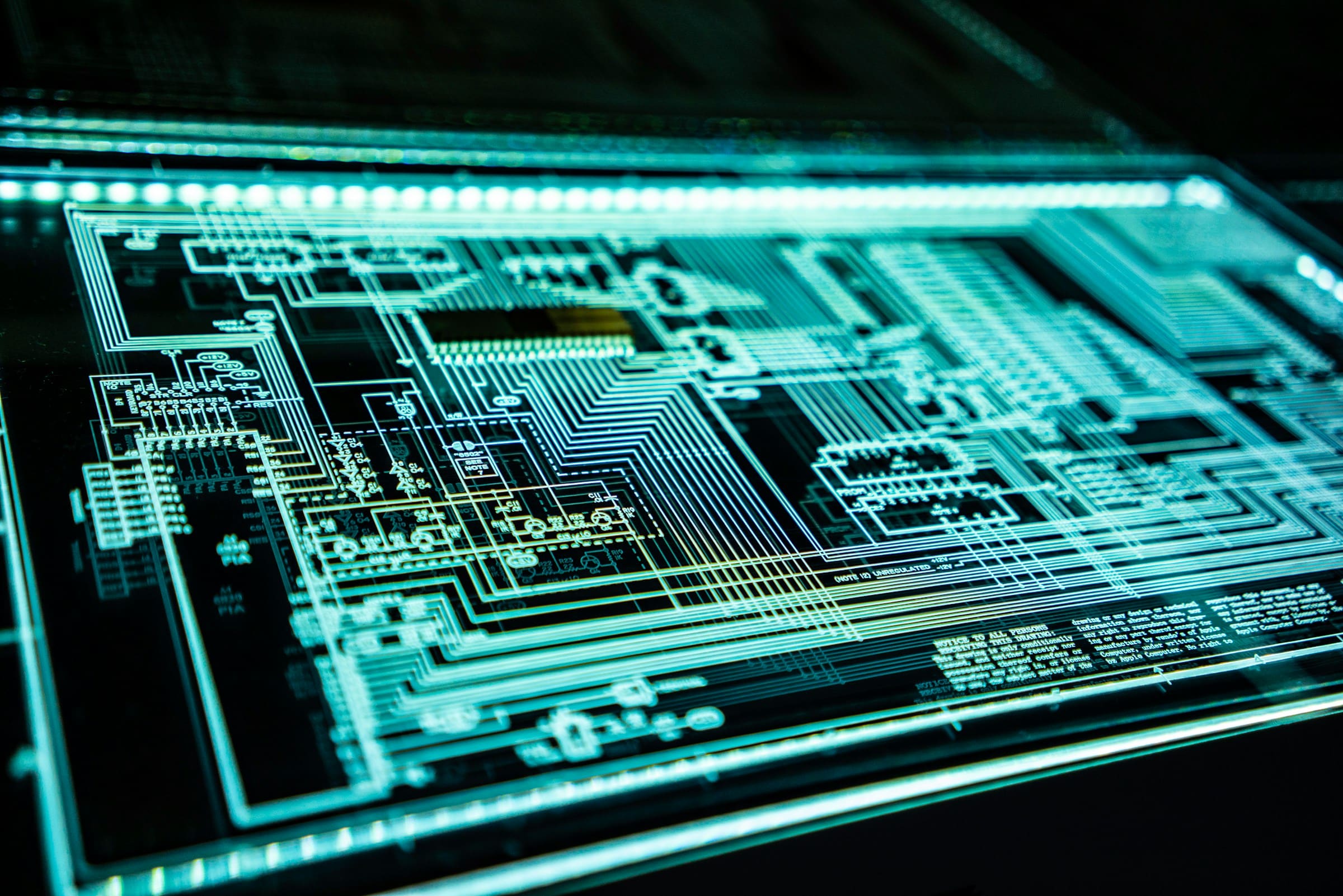What are the key considerations for implementing cybersecurity measures in UK's smart cities?

The digital revolution is transforming our urban landscapes, giving birth to smart cities. A smart city is a connected, technology-driven city that utilizes data, AI, IoT devices, and other forms of modern technology to enhance the quality of life for its residents by improving services, infrastructure, and sustainability. However, as the number of connected devices and the volume of data increase, so do the security threats. This brings us to a pressing issue: how can we assure that these smart cities are equipped to handle the potential cybersecurity risks they face?
The Challenge: Balancing Smart City Benefits with Cybersecurity Risks
As the UK continues to build more smart cities, we must acknowledge the potential cybersecurity risks that come along with this progression. A smart city relies heavily on data collection, and this data is usually stored and processed through networks. If these networks are not properly secured, they can be vulnerable to cyber-attacks. Such attacks could disrupt essential city services, infringe on privacy, or even pose a national security threat.
En parallèle : What are the most effective ways to use VR for virtual property tours in UK's real estate market?
The challenge lies in ensuring that these cities remain as “smart” as possible while also maintaining robust cybersecurity measures. This requires a comprehensive understanding of the city’s systems and infrastructure, potential security risks, and the most effective ways to mitigate these risks.
Understanding Smart City Systems and Infrastructure
To implement effective cybersecurity measures, it is crucial to first understand the intricacies of a smart city’s systems and infrastructure. A city’s infrastructure comprises a network of interconnected IoT devices. These devices collect, process, and transmit data to help manage various city services such as transportation, healthcare, and energy.
Lire également : How to use data analytics to improve the efficiency of UK's public transportation systems?
A smart city's infrastructure is complex and multi-layered, making it a prime target for cyber attacks. For instance, hackers may disrupt a city's transportation system by gaining unauthorized access to traffic light controls. Similarly, they might breach health services databases to steal sensitive patient information. Hence, a comprehensive understanding of the city's systems and infrastructure is fundamental to crafting effective cybersecurity measures.
Identifying and Assessing Cybersecurity Risks
Identifying potential cybersecurity risks is an integral part of implementing robust security measures in a smart city. Each smart city would have its unique set of risks based on its specific infrastructure, technology used, and services provided.
For instance, a city that relies heavily on IoT devices for managing services needs to consider the risk of device vulnerabilities. These devices often have default settings and passwords, which can be exploited by hackers. They may also have weak encryption standards, making data transmission susceptible to breaches.
Risk assessment should also consider the potential harm that a breach of different sectors could cause. A cyber attack on a city’s power grid, for instance, could be catastrophic, causing widespread disruption and potentially endangering lives. On the other hand, an attack on a less critical system, while still serious, might not have the same degree of impact.
Leveraging Technology and Best Practices for Cybersecurity
Once the risks have been identified, the next step is to develop and implement strategies to mitigate these risks. This can include the use of advanced technology, adherence to best practices, and continuous monitoring and improvement.
Technologies such as AI and machine learning can be used to detect and respond to threats in real time. Tools like Google’s Crossref can help identify potential vulnerabilities in the city’s technology infrastructure.
Adherence to best practices is equally important. This means regular updating and patching of systems, strong password protocols, and encrypted data transmission. Employee training and awareness programs can also help avoid simple but costly mistakes, such as falling for phishing scams.
Regulatory Compliance and Public-Private Partnerships for Cybersecurity
Finally, regulatory compliance is an essential part of cybersecurity. Cybersecurity measures must comply with laws and regulations to ensure they are legally sound and effective. In the UK, smart cities must adhere to regulations such as the General Data Protection Regulation (GDPR), which governs data privacy and security.
Public-private partnerships can also play a crucial role in enhancing cybersecurity. Private sector companies often possess technology expertise that can complement public sector knowledge of city systems and infrastructure. Collaborative efforts can lead to more robust and effective cybersecurity measures.
In conclusion, implementing cybersecurity in smart cities is a complex task that requires a deep understanding of the city's systems and infrastructure, thorough risk assessment, effective use of technology, adherence to best practices and regulations, and fostering public-private partnerships. As our cities continue to evolve and become smarter, so too must our approach to securing them.
Artificial Intelligence and Machine Learning for Cybersecurity
Harnessing the power of Artificial Intelligence (AI) and Machine Learning (ML) can boost the cybersecurity efforts in smart cities. These technologies can aid in real-time detection, prediction, and prevention of cyber threats, thereby enhancing the overall safety and security of smart cities.
AI involves the use of computer systems to perform tasks that usually require human intelligence. In the context of cybersecurity, AI can automate routine tasks, such as monitoring networks for unusual activity or scanning systems for vulnerabilities. This allows security personnel to focus on more complex tasks, thereby improving the overall efficiency of the cyber security operations.
Machine Learning, a subset of AI, involves computer systems learning from data and improving their performance over time without being explicitly programmed. In cybersecurity, machine learning can help in identifying patterns in data that might indicate a cyber attack. For instance, an ML algorithm could identify a pattern of failed login attempts as a potential brute force attack.
One of the significant advantages of using AI and ML in cybersecurity is their ability to operate in real time. They can analyze vast amounts of data quickly and identify threats as they occur, allowing for immediate action. This is particularly useful in smart cities, where the volume of data generated by IoT devices is enormous.
However, it is crucial to remember that AI and ML are only as good as the data they learn from. Therefore, the data used to train these algorithms must be accurate, complete, and representative of the possible cybersecurity threats a smart city might face.
Cybersecurity Risks in Smart Homes and Critical Infrastructure
Smart homes and critical infrastructure are two areas of smart cities that are particularly vulnerable to cyber threats. Therefore, they warrant special attention when implementing cybersecurity measures.
Smart homes, equipped with IoT devices like smart thermostats, security cameras and smart appliances, collect a vast amount of personal data. This data, if not adequately protected, can be a gold mine for cyber criminals, leading to privacy infringements and identity theft.
Similarly, critical infrastructure such as the power grid, water supply system, and transportation network, is a prime target for cyber attacks. A successful attack on these systems can result in severe disruptions, posing a risk to public safety and security.
To mitigate these risks, it is essential to have robust cybersecurity measures in place. In the context of smart homes, this can involve implementing strong password protocols, ensuring data encryption, and regular patching and updating of software.
For critical infrastructure, risk assessment can help identify potential vulnerabilities and threats. Regular testing and monitoring of these systems is also crucial to detect and respond to threats in a timely manner. Again, the use of AI and ML can also be beneficial here, as it can aid in real-time detection and response to cyber attacks.
In essence, the security of smart homes and critical infrastructure is integral to the overall cybersecurity of a smart city. It is therefore necessary to give these areas due consideration when planning and implementing cybersecurity measures.
In Conclusion
Ensuring cybersecurity in the UK's smart cities is a multifaceted and complex task. It requires a thorough understanding of the city's systems and infrastructure, comprehensive risk assessment, effective use of technology such as AI and ML, adherence to best practices and regulations, and fostering collaborative public-private partnerships.
As technology continues to evolve and our cities become smarter, the potential cyber threats also increase. However, by taking a proactive and comprehensive approach to cybersecurity, we can ensure that our smart cities remain safe and secure, and continue to enhance the quality of life for their residents. The future of our smart cities is bright, but it is up to us to ensure that they remain safe havens in an increasingly connected and digital world.
